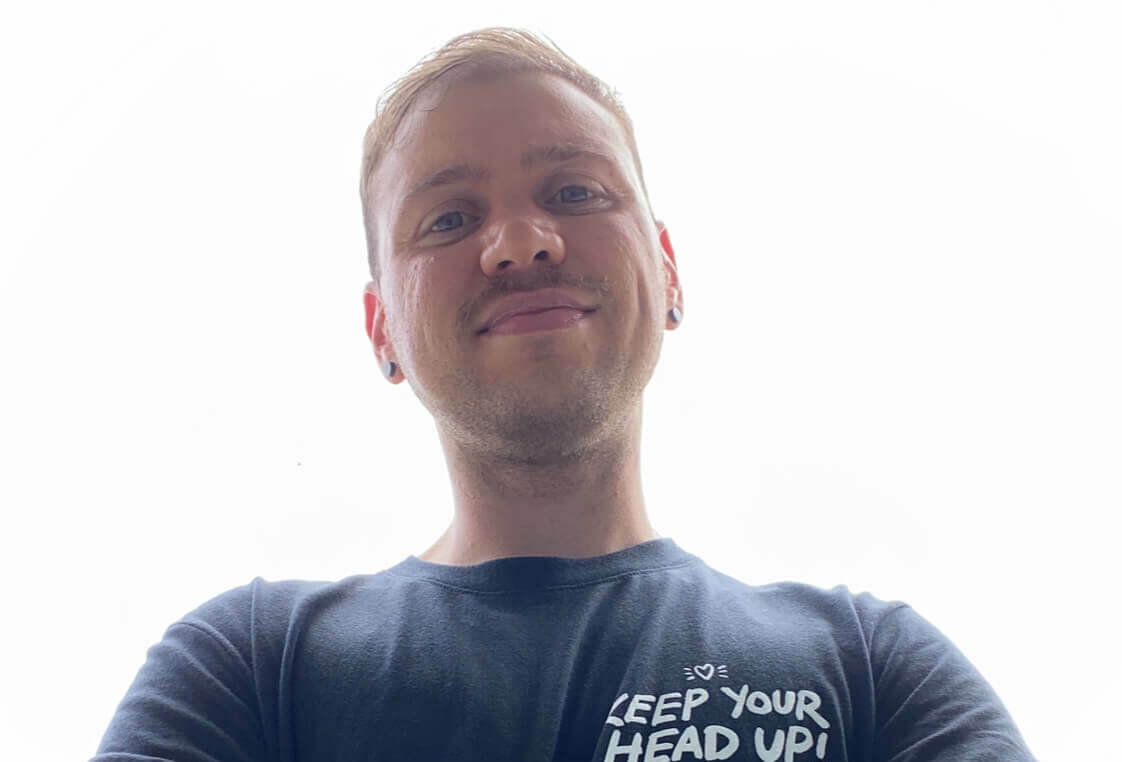A Fitness Instructor in Eating Disorder Recovery Talks Healing From Toxic Fitness Culture
If you had asked me a few years ago what toxic fitness culture is I would have had absolutely no idea and been perplexed by the idea that the fitness industry could be doing harm.
After all, isn’t fitness supposed to be enhancing people’s lives? However, during my first inpatient admission for my eating disorder, I received education on the topic which eventually sparked the fire in me to change the way I viewed fitness forever.
Initially, I found the concept threatening as it challenged my beliefs surrounding wellness. After all, I was a Caucasian, thin, cis-gendered fitness instructor and dancer who was full of fatphobia and other problematic beliefs. But, with patience, a lot of big emotions and an open mind I now see how damaging toxic fitness culture is to many.
So, what is toxic fitness culture?
As Parker (2020) discusses, toxic fitness culture is:
- The intimidation you might feel at a gym.
- Feeling like a failure every time you “fail” to follow a new fitness regime.
- A white, thin, straight, cis-gendered male personal trainer preaching that you have “wasted” your day if you didn’t get up before 6am to workout.
- The idea that fitness is primarily for weight loss.
- The notion that you can assess fitness based on looks.
- The idea that you aren’t trying hard enough if you are yet to achieve thinness.
- The belief that thrashing your body is what makes a workout “worth it”.
- Only seeing professionals as trustworthy if they are thin.
- Lack of training on the Health at Every Size (HAES) framework and working with a range of bodies in certifications.
- Prioritising working out over listening to your body.
- Only working out due to negative emotions such as shame or guilt.
All in all, under the guise of improving wellness, toxic fitness culture glorifies unrealistic habits and body ideals that are not life enhancing. Toxic fitness culture is often the norm in the fitness industry.
This culture is rooted in white supremacy and the oppression of minorities (Parker 2020). The term was actually coined by a black trans person Ilya Parker. Parker (2020) explains that toxic fitness culture is made up of two groups.
One is of people who have been negatively impacted by mainstream fitness culture. This is because it excludes and harms people who don’t fit the traditional mould of being young, thin, attractive, and not having any disabilities or marginalised identities. This group wants fitness culture to be more inclusive and supportive for everyone.
The other group is made up of the people who fit the traditional mould and have been accepted in mainstream fitness culture.
I’d be lying if I said rejecting fitness culture is easy because it isn’t. Intertwined with toxic fitness culture is diet culture. Jovanovski and Jaeger (2022) discuss that diet culture encompasses a constantly evolving collection of misconceptions regarding food and physique, promoting the notion that body weight is synonymous with good health and that foods can be effectively labelled as either “good” or “bad”.
Furthermore, it is characterised by a moral ranking of body types that favours the thin ideal and a dread of weight gain. Diet culture and toxic fitness culture are pervasive and I feel that an important step to moving beyond these harmful ideals is to recognise and challenge them. I don’t mean one needs to publicly broadcast their distain, but simply seeing toxic ideals and responding to them with healthy statements to yourself that oppose them is a crucial step on the road to healing.
As someone recovering from his eating disorder who also works in the fitness industry, I often feel overwhelmed and defeated by the constant barrage of toxic fitness and diet culture.
Because I am based in a more regional city of Nipaluna, I find it particularly difficult to find fitness spaces where I feel safe as someone in eating disorder recovery. As a professional I also find it challenging to find places of employment that uphold my beliefs. I recognise that there has been a recent shift in the industry against certain toxic ideals, but further progress is still necessary.
Although this article isn’t about the HAES framework specifically I think it is important to acknowledge what it is and how it can be applied to the fitness industry. The goal of HAES is to promote self-care and healthy behaviours while fighting against weight stigma (Nicholson 2018). Nicholson (2018) discusses that when people have a positive self-image they are more likely to engage in healthy behaviours. Moreover, fat individuals who focus on healthy behaviours instead of weight or weight loss can improve their health without necessarily losing weight.
An example study found that people who engaged in 2, 3, or 4 healthy habits had no significant difference in risk of death, regardless of their Body Mass Index (BMI) status (ASDAH n.d). This suggests that healthy behaviours have a greater impact on overall health than BMI and supports the argument that BMI is not an effective measure of health. As ASDAH (n.d) mention one can argue that larger individuals face a higher risk of early mortality and morbidity due to stress and marginalisation.
This can cause them to avoid healthy behaviours that those in smaller bodies may engage in without barriers. Additionally, if we just focus on weight, some individuals may be hesitant to adopt healthy behaviours if they do not observe instant weight loss outcomes.
So, what does all this mean? Well, it means that toxic fitness culture is rife in society and that it is time to challenge harmful beliefs around wellness – especially those that praise weight loss and thinness as morally and physically virtuous. It is time to stand up to rhetoric’s such as “no pain no gain” and begin to view fitness in a nuanced and inclusive way. As both someone in eating disorder recovery and a fitness instructor who has been deep within fitness culture, I promise that if I can shift my views away from toxicity you can too.
This article was written on Palawa land.
By Henry Rheinberger (he/him/his)
About the author: Henry was born and raised in Nipaluna (Hobart) and went on his first diet at a young age before yo-yoing between a few diets throughout his teen years. Eventually Henry developed Anorexia. Henry moved interstate in 2021 to study fulltime musical theatre. Since then, Henry has taken part in a variety of inpatient and outpatient treatments for his eating disorder and other mental illnesses. Henry has now stopped pursuing professional musical theatre, is a mental health and eating disorder advocate on his social media and has moved home to Nipaluna where he is focusing on his recovery. Henry is a Pilates and group fitness instructor who is passionate about women’s health and Health at Every Size (HAES). Additionally, Henry is a gay man who is an advocate for improving body image in the LGBTIQA+ community.
Read more
- How to develop a positive relationship with exercise
- Diet culture 101: What is it and what can we do about it?
- No Diet Day: HAES dietitian Fiona Willer’s thoughts
References:
- ASDAH (Association for Size Diversity and Health) (n.d) Health at Every Size Principles, ASDAH, accessed 29 November 2019. https://asdah.org/health-at-every-size-haes-approach/
- Ilya P (17 June 2020) Some Examples of Toxic Fitness Culture, Decolonizing Fitness, accessed 30 May 2023. https://decolonizingfitness.com/blogs/decolonizing-fitness/some-examples-of-toxic-fitness-culture
- Ilya P (17 June 2020) What is Toxic Fitness Culture?, Decolonizing Fitness, accessed 6 June 2023. https://decolonizingfitness.com/blogs/decolonizing-fitness/what-is-toxic-fitness-culture
- Jovanovski N and Jaeger T (10 August 2022) Diet culture 101: What it is and what we can do about it?, Butterfly Foundation, accessed 31 May 2023. https://butterfly.org.au/diet-culture-101/
- Nicholson Z (29 May 2018) Understanding the ‘health at every size’ paradigm, The Royal Australian College of General Practitioners, accessed 31 May 2023. https://www1.racgp.org.au/newsgp/clinical/understanding-the-%E2%80%98health-at-every-size%E2%80%99-paradigmn






















